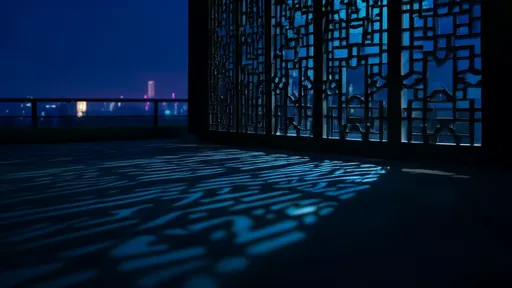The soaring cathedrals of the Gothic era stand as testaments to human ingenuity and spiritual aspiration. Yet, behind their luminous stained glass and towering spires lies a silent, unsung hero: the flying buttress. Often overlooked, these architectural marvels are the clandestine lovers of Gothic cathedrals, bearing the weight of grandeur while remaining in the shadows.
The Silent Support
Flying buttresses are the quiet guardians of Gothic architecture. Unlike the ornate facades or the intricate rose windows, they do not demand attention. Instead, they stand at a respectful distance, their arched forms reaching out like tentative hands to steady the walls they adore. Without them, the towering heights and vast interiors of cathedrals like Notre-Dame de Paris or Chartres would be impossible. They are the unsung poets of stone, whispering their love in the language of physics and balance.
Their design is a dance of tension and compression, a delicate equilibrium that allows the walls to rise higher and the windows to grow larger. The buttress takes the lateral forces from the vaulted ceilings and channels them outward, away from the fragile walls. In this way, the flying buttress is both protector and enabler, giving the cathedral the freedom to reach for the heavens.
A Love Unseen
Perhaps the most poignant aspect of the flying buttress is its invisibility. From within the cathedral, one would never know of its existence. The faithful gather under the ribbed vaults, bathed in colored light, unaware of the silent embrace that keeps the walls from collapsing. The buttress is content to remain unseen, its love unrequited yet unwavering.
Even from the outside, the flying buttress is often overshadowed by more flamboyant features. Gargoyles leer down at passersby, spires pierce the sky, and portals teem with sculpted saints. The buttress, by contrast, is austere, functional, almost humble. It does not seek glory; it seeks only to serve. And in this self-effacement, it becomes all the more beautiful.
The Paradox of Strength and Grace
What makes the flying buttress so remarkable is its ability to marry brute strength with ethereal grace. It is a work of engineering, yes, but also of art. The way it arcs through the air, slender yet unyielding, is a visual paradox. It seems to defy gravity even as it submits to its laws. In this sense, the flying buttress is a metaphor for the Gothic spirit itself—a union of the earthly and the divine, the material and the transcendent.
Some of the most famous cathedrals, like Reims or Amiens, owe their splendor to these hidden supports. The flying buttress allowed architects to experiment with height and light, pushing the boundaries of what was thought possible. Without them, the Gothic revolution in architecture might never have taken flight.
A Legacy of Silent Devotion
Today, as we marvel at these medieval masterpieces, let us not forget the flying buttress—the quiet lover who made it all possible. It is a reminder that greatness often depends on the unseen, the uncelebrated. The buttress does not ask for praise; it asks only to be remembered. And in remembering, we honor not just a feat of engineering, but a testament to the beauty of selfless love.
So the next time you stand before a Gothic cathedral, take a moment to look beyond the obvious. Seek out the flying buttresses, those shy yet steadfast companions. They may not be the stars of the show, but they are its very foundation. And in their silent, soaring arcs, you may just find the soul of Gothic architecture itself.

By /Aug 8, 2025

By /Aug 8, 2025

By /Aug 8, 2025

By /Aug 8, 2025

By /Aug 8, 2025

By /Aug 8, 2025

By /Aug 8, 2025

By /Aug 8, 2025

By /Aug 8, 2025

By /Aug 8, 2025

By /Aug 8, 2025

By /Aug 8, 2025

By /Aug 8, 2025

By /Aug 8, 2025

By /Aug 8, 2025

By /Aug 8, 2025

By /Aug 8, 2025

By /Aug 8, 2025

By /Aug 8, 2025

By /Aug 8, 2025